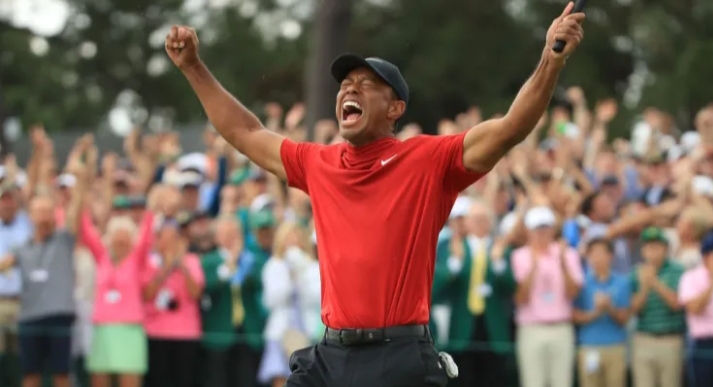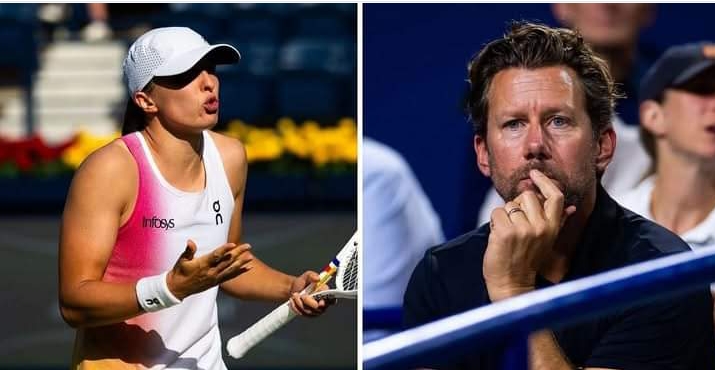Why Tiger’s successor as face of NIke could be made of pixels

Why Tiger’s successor as face of NIke could be made of pixels
Branding expert Chris Moody on the end of Nike’s partnership with Tiger Woods – and how the sportswear giant can replace its most famous golf ambassador.
Tiger Woods is a one-off. Now, he has parted ways with his long-term partner Nike, it’s also clear we will not see this type of talent and brand relationship again, as the world has moved on.
The Nike and Tiger bromance was born in a pre-social, pre-influencer, pre-TikTok world. It was a simpler time when mystique could be manicured, and narratives airbrushed.
Today, these relationships can be more fragile, unpredictable, and transactional. Woods would have been back to the clubhouse long ago if people were posting about his private life on X back in the 90s.
Perhaps for this reason, talent is taking back control and the power of partnership increasingly lies more in the hands of sportspeople.
From Naomi Osaka pushing back on mental health issues, to Harry Kane doing a deal with Skechers, which traded creative and financial autonomy for brand status, the power balance has swung toward talent.
The future of golf, like many other professional sports, is in flux. The introduction of the LIV Golf tour has thrown it upside down.
Cold hard cash still talks and can turn heads, especially if it’s unprecedented sums. But, as we can see with the apparent buyer’s remorse of stars like Jordan Henderson, the desire for ownership as much as partnership is an even bigger draw.
Nike is a brand built on cognitive dissonance; a democratic brand, where everyone is an athlete, vocalised by a select few once-in-a-generation winners.
So, with talent wanting more control and having more ways to go to market than ever before, where does this leave the Jordan, Agassi, Williams model of brand building?
There is perhaps a more dramatic approach than searching the schoolyard for the next hotshot.
The problem with humans is they are flawed, they have opinions, backstories, and skeletons. The Asia market is often a bellwether for the new and the next. The answer to inherent frailty of talents could be to do away with the human component altogether.
AI generated Key Opinion Leaders (KOLs) drive huge amounts of social traffic in China, Korea and Japan and it’s not beyond the imagination that the next Tiger Woods will be built with pixels and data rather than flesh and bone. L’Oréal’s recent explorations into this territory show the endless possibilities.
Automated talent or even talent resurrected from beyond the grave could provide the winning consistency that a brand like Nike craves.
It may seem far-fetched, but the acquisition of metaverse fashion creator RTFKT and the growth of SWOOSH, Nike’s virtual arm, means the company is already selling shoes made of pixels, so digital spokespeople may be just around the corner.






